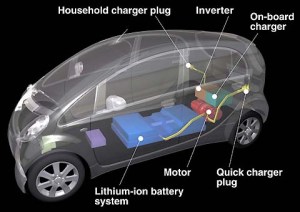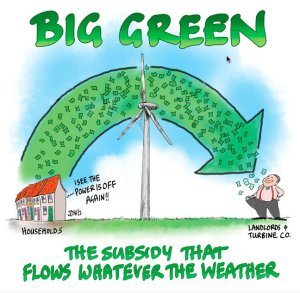
Typical electric car set-up
“Less-than-ideal” electric vehicle (EV) chargers were backed in last week’s Budget, which ring fenced £500M over five years to implement rapid charging hubs in public places, says New Civil Engineer.
Instead, policymakers should shift their focus away from costly public rapid chargers to investing in the scaled deployment of smaller, slower chargers on residential streets, says the report.
‘Electric Vehicles: Moving from early adopters to mainstream buyers’, by EV infrastructure company Connected Kerb, says that many potential EV buyers have no access to the convenience of chargers at home or nearby, and this is hindering EV take-up.
The report found that 67% of current EV drivers would not have bought an EV if they did not have access to overnight charging.
Connected Kerb chief executive Chris Pateman-Jones said: “That is a massive red flag when you look at the existing infrastructure deployment strategies.
“Rapid chargers are more expensive and less convenient – inconvenience deters uptake. Focus must be redirected to on-street residential and workplace charging that reflects existing charging behaviours and incentivises more people to transition to EVs.”
Existing charging behaviours indicate that 80% of charging is done at home, with 64% of this being overnight.
“This is where drivers want to charge,” Pateman Jones said. “They use costly public chargers only when their preferred option is not available. They do not think like petrol vehicle owners, going to a fixed location to ‘fill it up’.”
Full article here.

















 By David Wojick, Ph.D. ~
By David Wojick, Ph.D. ~ “The past 150 years show that affordable and reliable energy is the key to prosperity. The past 150 years also show that more CO2 is beneficial for nature, greening the Earth and increasing the yields of crops. Why do governments ignore these hard facts? Why do they do the opposite and lower the quality of life by forcing high-cost, dubious low-carbon energy technologies upon their citizens?
“The past 150 years show that affordable and reliable energy is the key to prosperity. The past 150 years also show that more CO2 is beneficial for nature, greening the Earth and increasing the yields of crops. Why do governments ignore these hard facts? Why do they do the opposite and lower the quality of life by forcing high-cost, dubious low-carbon energy technologies upon their citizens? 





 By David Wojick, Ph.D. ~
By David Wojick, Ph.D. ~ One of the six principles stated in CLINTEL’s World Climate Declaration captures the situation very succinctly. It says “Climate policy must respect scientific and economic realities.” If it does not, such a policy must fail. See
One of the six principles stated in CLINTEL’s World Climate Declaration captures the situation very succinctly. It says “Climate policy must respect scientific and economic realities.” If it does not, such a policy must fail. See 